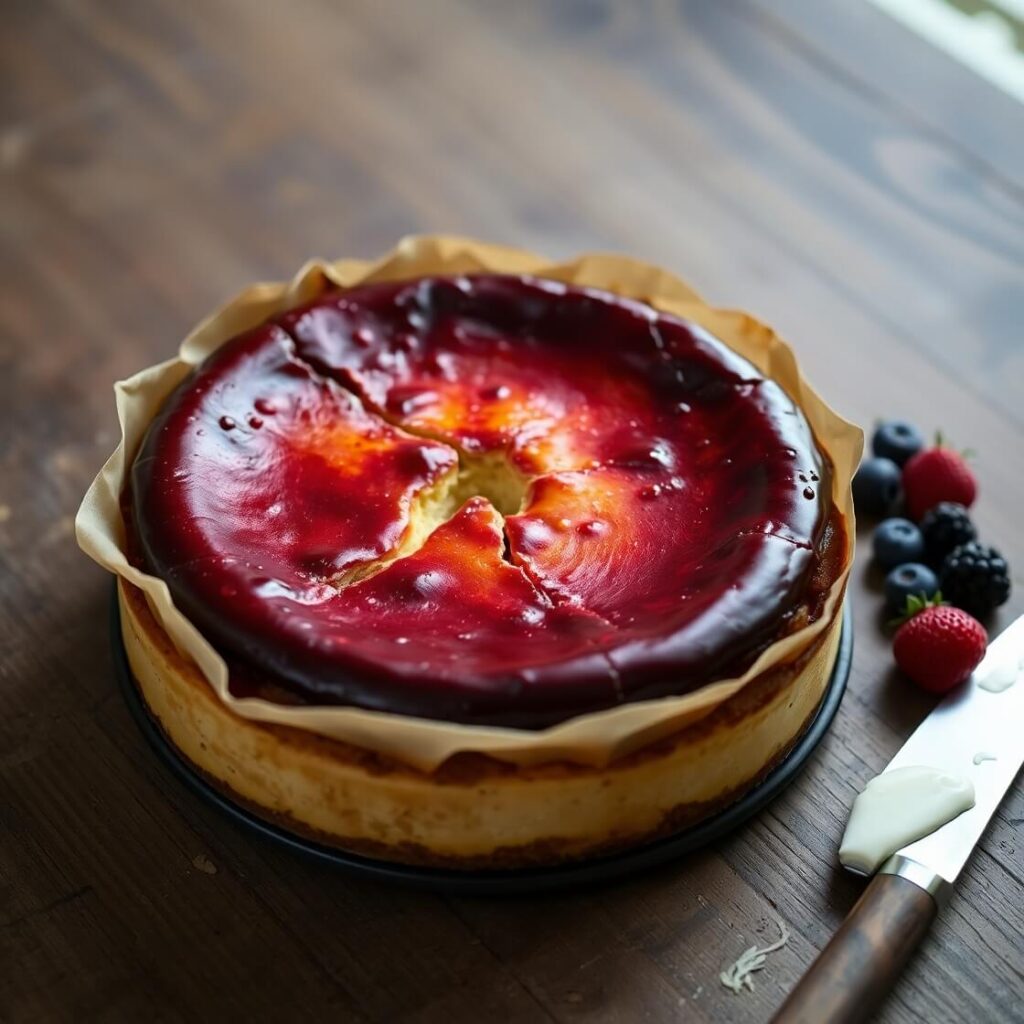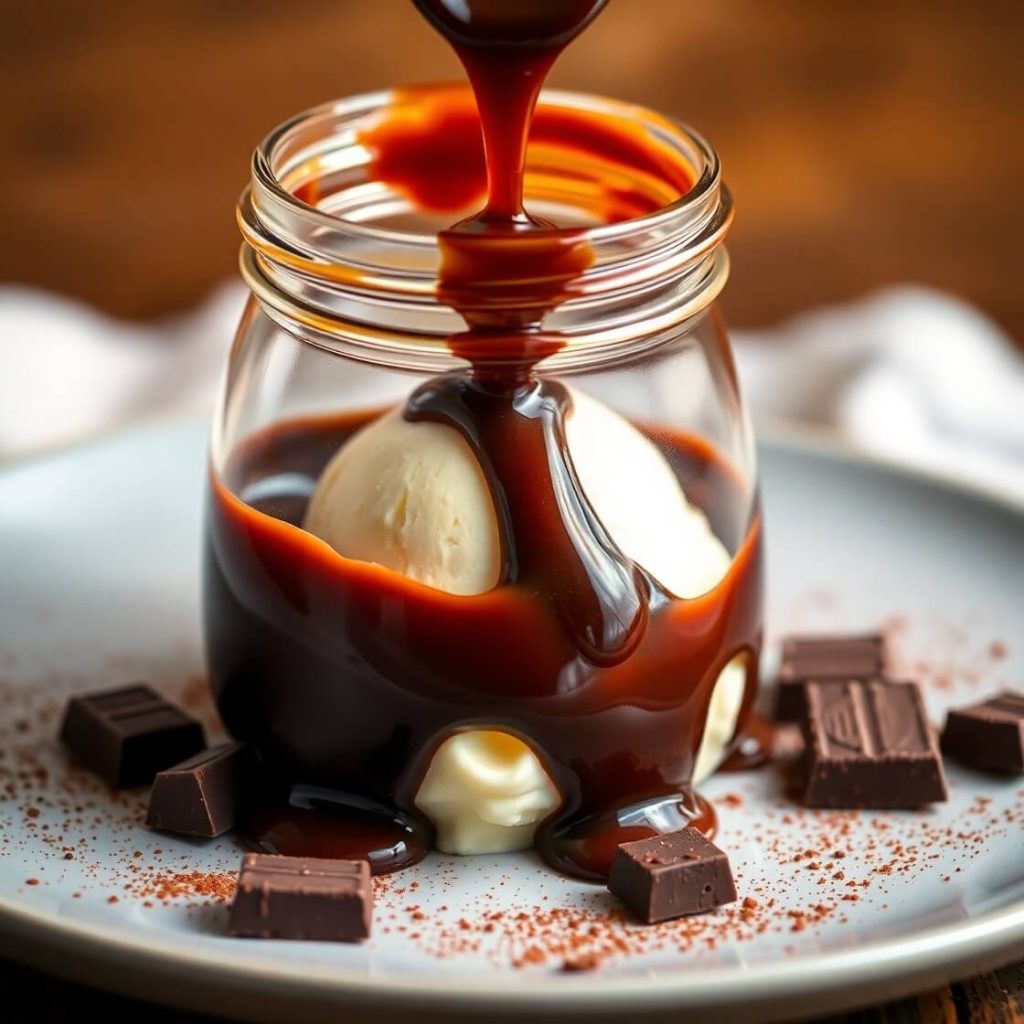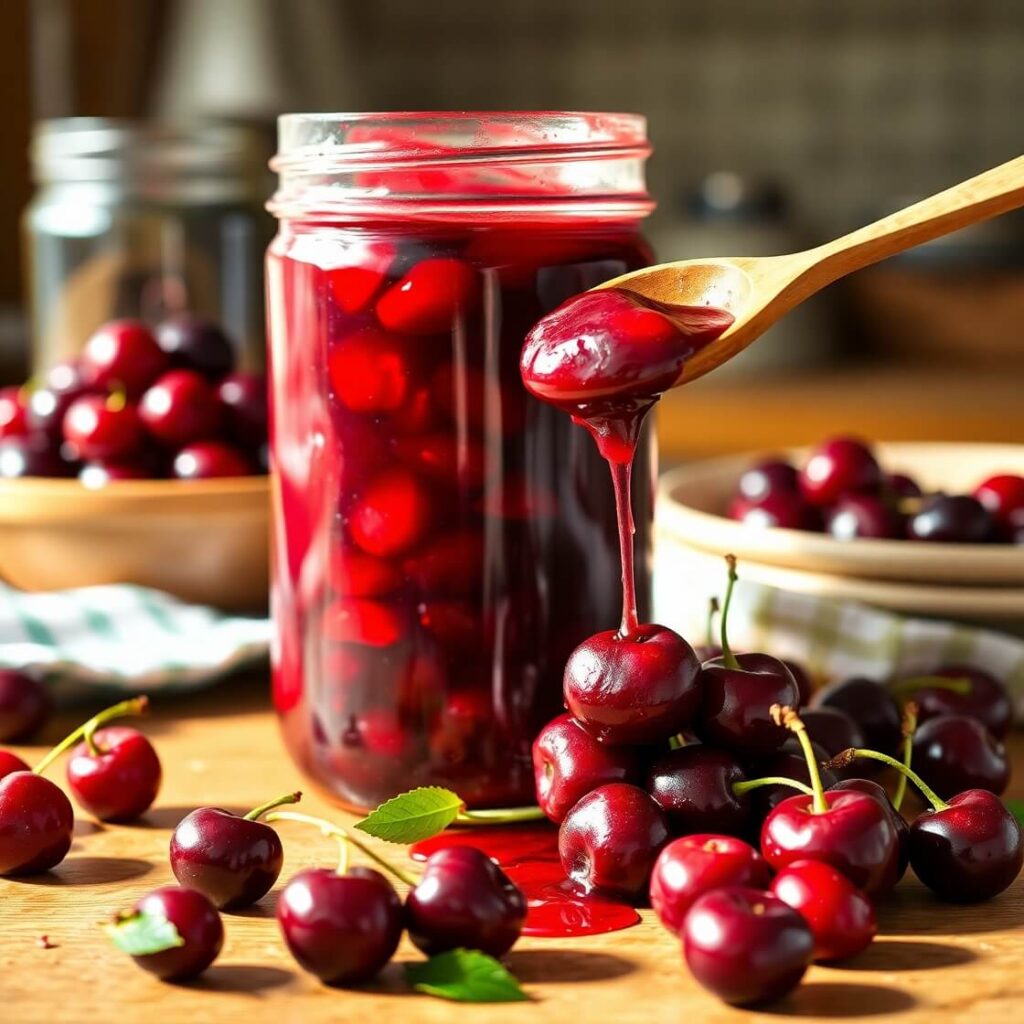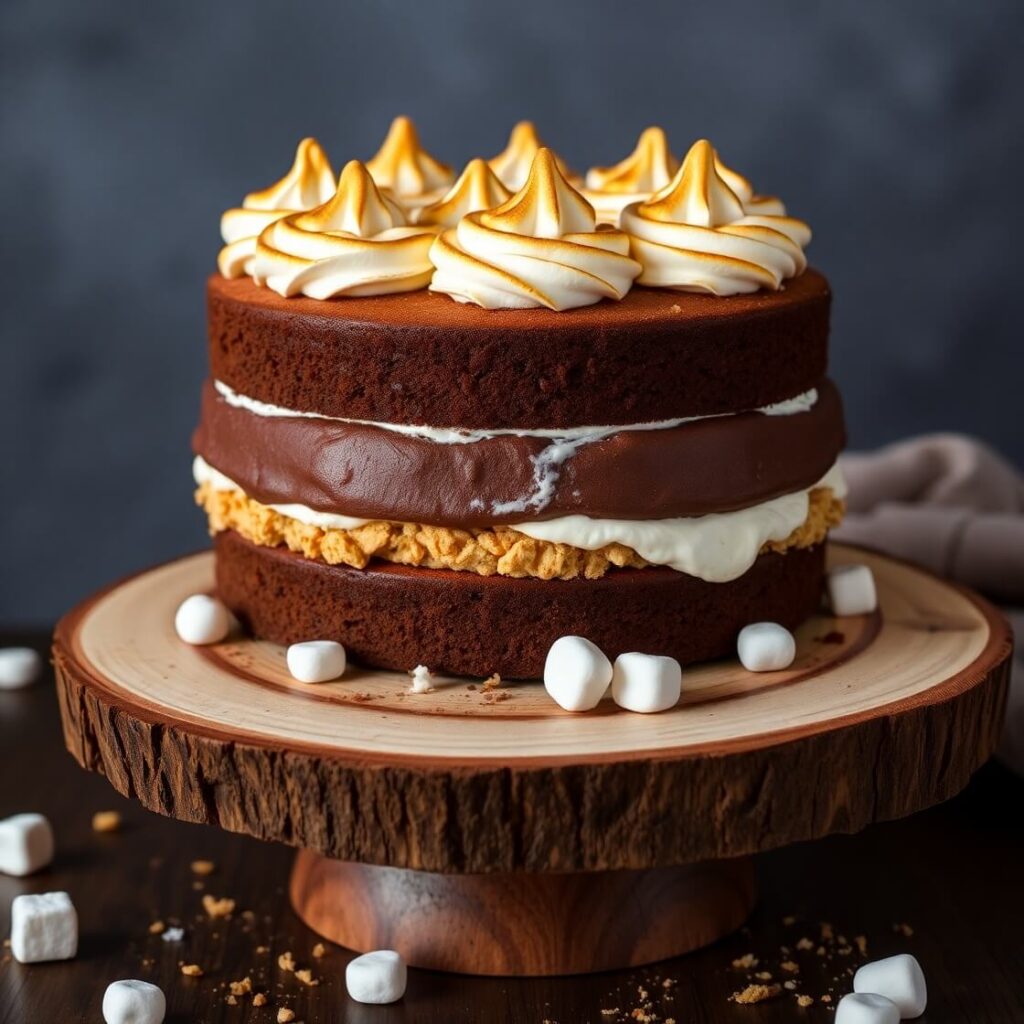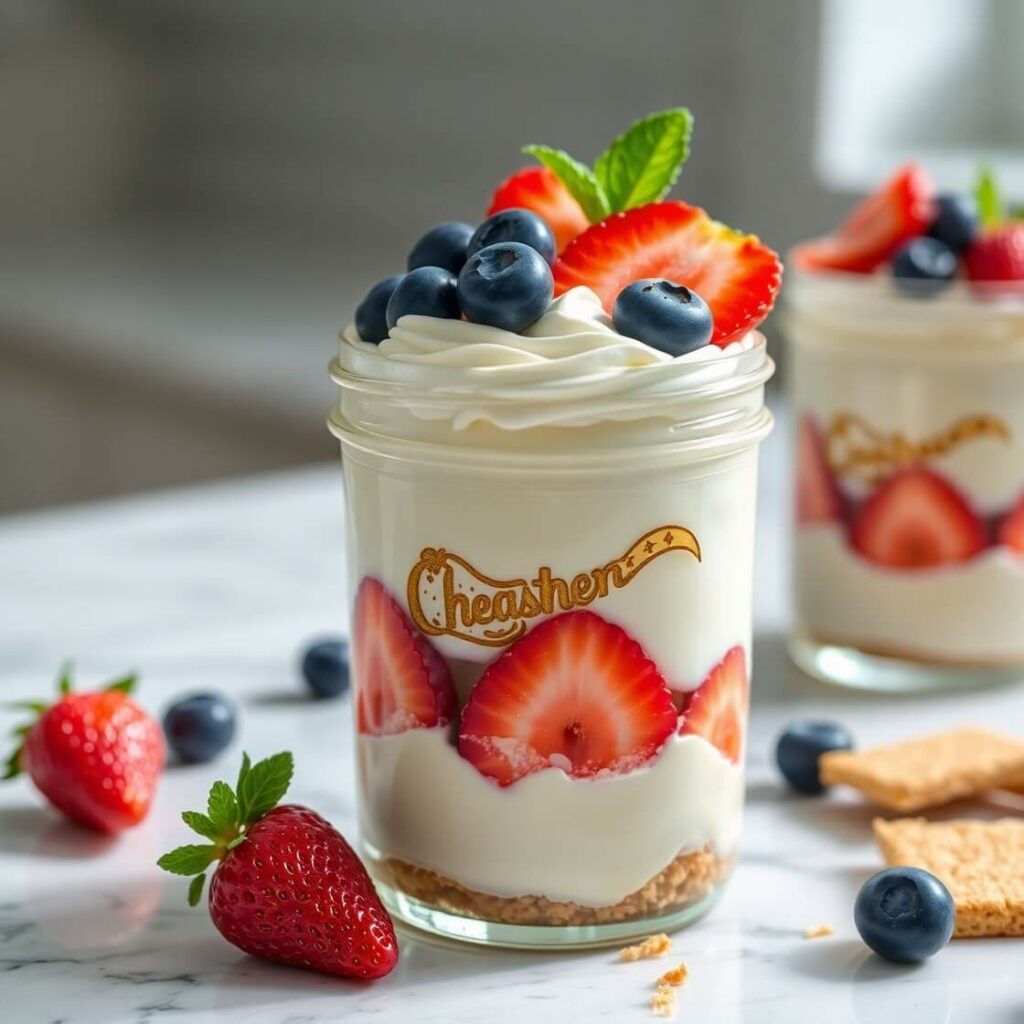Basque Burnt Cheesecake
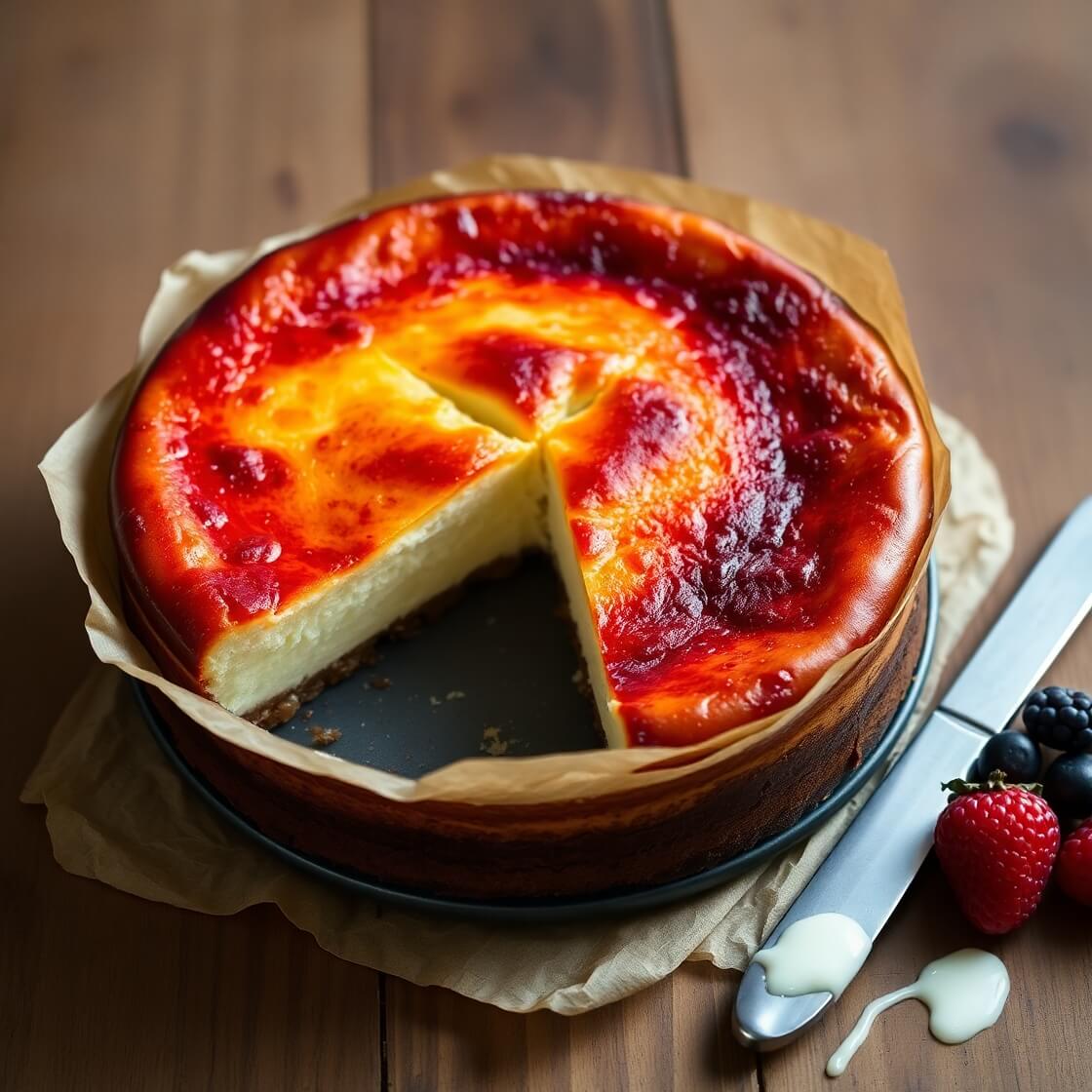
The first time I baked a Basque Burnt Cheesecake, I was sure I had ruined it. The top came out deeply caramelized almost black in spots and I hesitated before cutting into it. But that first slice revealed something extraordinary: a silky, custard-like center that melted on the tongue, balanced perfectly by the rich, smoky sweetness of the burnt top. It was unlike any cheesecake I had ever tasted.
What makes this dessert so special is its simplicity. No crust, no water bath, no complicated steps just a handful of ingredients baked at high heat until beautifully imperfect. The “burnt” top isn’t a flaw; it’s the signature that makes this cheesecake stand out, rustic yet elegant.
Now, Basque Burnt Cheesecake is my go-to whenever I want a dessert that feels both effortless and dramatic. It’s equally at home on a dinner party table or as a weekend indulgence, with every slice offering that perfect balance of texture and flavor.
If you love cheesecakes with a twist, you’ll also want to try my Peach Cobbler Cheesecake, Woolworth Cheesecake Recipe, and Blueberry Cheesecake Bars.
Key Ingredients
When I say this recipe is simple, I mean it. You’ll only need a handful of pantry staples, but the magic lies in how they work together.
The ingredients are:
- Cream cheese – This is the heart and soul of the cheesecake. Go for full-fat blocks (not the spreadable kind), and make sure it’s at room temperature for the smoothest texture.
- Sugar – Plain white granulated sugar works perfectly. It sweetens the cheesecake and helps create that beautiful burnt top.
- Eggs – Large eggs help bind the mixture and add richness. Use them at room temperature so they incorporate more easily into the batter.
- Heavy cream – This gives the cheesecake that melt-in-your-mouth texture. Use full-fat whipping cream—this isn’t the time to skimp.
- All-purpose flour – Just a touch helps to stabilize the batter and give the cheesecake its structure.
- Vanilla extract – Optional, but I find a splash adds a nice depth of flavor without overpowering the natural tang of the cream cheese.
Optional but lovely additions:
- A pinch of salt – Enhances the flavor and balances the sweetness.
- Lemon zest – For a hint of brightness (especially if you prefer your cheesecake with a touch of acidity).
Each ingredient plays a key role, and the beauty is that you likely already have most of them on hand. That’s what makes this recipe feel so effortless, even on a whim.
How to Make This Basque Burnt Cheesecake
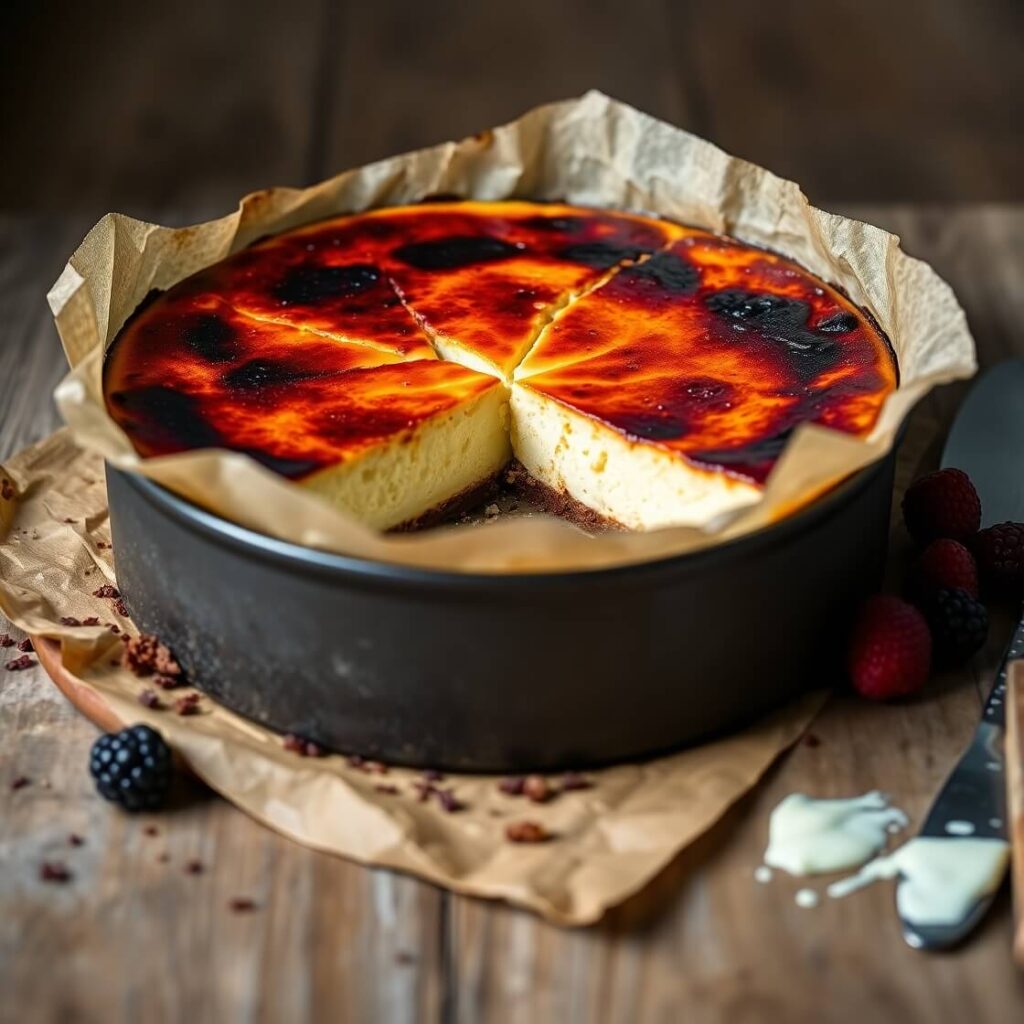
Step – 1: Prepare your pan
Start by lining a 9-inch springform pan with parchment paper. Don’t worry about wrinkles—those give the cheesecake its signature rustic look. Make sure the parchment comes up at least 2 inches above the rim of the pan, as the batter will rise.
Step – 2: Preheat the oven
Crank up the heat to 400°F (200°C). This high temperature is what gives the cheesecake its iconic burnt top while keeping the center creamy and soft.
Step – 3: Beat the cream cheese and sugar
In a large mixing bowl, add the room-temperature cream cheese and sugar. Beat on medium speed until the mixture is super smooth and fluffy, about 2 to 3 minutes. You want to avoid any lumps—this is your foundation.
Step – 4: Add the eggs one at a time
Add the eggs one at a time, beating well after each addition. Scrape down the sides of the bowl as needed. The batter should be silky and pale yellow by the time you’re done.
Step – 5: Pour in the cream and vanilla
Slowly add in the heavy cream and vanilla extract (if using). Beat on low until everything is well combined. Don’t overmix here—just enough to blend.
Step – 6: Sift in the flour
Lightly sift in the flour, then beat on low just until incorporated. This is where the texture magic happens. The small amount of flour helps the cheesecake hold its shape without becoming dense.
Step – 7: Pour and bake
Pour the batter into your prepared pan. Give it a few taps on the counter to release any air bubbles. Place it in the preheated oven and bake for 50 to 60 minutes. The top should be deeply golden, even charred in spots, and the center should jiggle slightly when you shake the pan.
Step – 8: Cool
Let the cheesecake cool in the pan at room temperature for at least 2 hours. If you prefer a firmer texture, refrigerate for several hours or overnight.
Step – 9: Slice and serve
Use a hot knife for clean slices. The texture should be creamy, almost like custard in the center, with a slightly caramelized outer edge. It’s pure magic..

Basque Burnt Cheesecake
- Total Time: 6 hours (including cooling)
- Yield: 8 1x
- Diet: Vegetarian
Description
This rustic and creamy cheesecake is the opposite of traditional. With a deeply caramelized top and a luxuriously soft center, Basque Burnt Cheesecake is as simple as it is unforgettable. No crust, no water bath, and no stress—just a few basic ingredients and one bold bake. The result? A show-stopping dessert with dramatic flair and incredible depth of flavor. Whether served warm for a softer texture or chilled for a rich, custard-like experience, this cheesecake is guaranteed to impress.
Ingredients
- 2 lbs (900g) full-fat cream cheese, room temperature
- 1 ½ cups (300g) granulated sugar
- 5 large eggs, room temperature
- 2 cups (480ml) heavy cream
- ¼ cup (30g) all-purpose flour
- 1 tsp vanilla extract (optional)
- Pinch of salt (optional)
Instructions
- Preheat oven to 400°F (200°C). Line a 9-inch springform pan with parchment paper, making sure it extends above the rim.
- In a large bowl, beat cream cheese and sugar until smooth and fluffy, about 2–3 minutes.
- Add eggs one at a time, mixing well after each addition.
- Pour in cream and vanilla extract. Mix on low until combined.
- Sift in flour and mix just until no lumps remain.
- Pour the batter into the prepared pan. Tap the pan gently to release air bubbles.
- Bake for 50–60 minutes or until the top is dark brown and the center still jiggles.
- Let cool in the pan for 2 hours, then refrigerate for at least 4 hours or overnight.
- Slice with a warm knife and serve chilled or at room temperature.
Notes
- Always use full-fat block cream cheese for the best texture.
- Let ingredients come to room temperature before mixing.
- Don’t worry about a cracked or puffed top—it’s part of the charm.
- For a deeper caramel flavor, you can bake slightly longer (up to 65 minutes), watching carefully near the end.
- Prep Time: 15 minutes
- Cook Time: 55 minutes
- Category: Dessert
- Method: Baking
- Cuisine: Spanish
Nutrition
- Serving Size: 8
- Calories: 480
- Sugar: 24g
- Sodium: 320mg
- Fat: 38g
- Saturated Fat: 23g
- Unsaturated Fat: 14g
- Trans Fat: 0g
- Carbohydrates: 26g
- Fiber: 0g
- Protein: 7g
- Cholesterol: 190mg
Serving Suggestions
There’s something inherently dramatic about Basque Burnt Cheesecake—the crackly top, the wrinkled parchment sides, the golden caramelized crust. But with just a little finesse, you can make it even more irresistible when it’s time to serve.
Start by serving it directly in the parchment-lined pan or transfer it carefully onto a cake stand with the paper still intact. That rustic look? Totally part of the charm.
Slice the cheesecake with a knife dipped in hot water (and wiped dry between cuts) to get those perfect, clean edges. Serve each slice on a small dessert plate and, if you’d like to dress it up, dust a little powdered sugar around the rim of the plate or add a fresh berry garnish. A sprig of mint or a few edible flowers can give it an elegant finish without distracting from the cake’s star power.
If you’re serving this for a dinner party, pair it with a light dessert wine or espresso. It’s a simple touch that really elevates the experience.
Tips and Tricks to Make This Recipe Better

To get the most out of this deceptively simple cheesecake, here are a few little secrets I’ve picked up over time:
- Room-temperature ingredients are key
Don’t skip this step. Cold cream cheese or eggs can cause lumps and make the batter harder to blend, which affects the final texture. - Don’t overbake it
The center should jiggle a bit when you take it out of the oven. It firms up as it cools. If you bake until it’s completely set, you’ll lose that luscious custardy texture. - Use high-quality cream cheese
Since this recipe is all about the cream cheese, using a good-quality brand makes a real difference. Avoid the whipped or spreadable versions—they contain more air and moisture. - Line the pan generously
Make sure the parchment comes at least 2 inches above the rim of your pan. The batter rises significantly before settling as it cools. - Let it rest
Basque cheesecake develops its flavor and structure as it cools. At least 2 hours on the counter is non-negotiable, and chilling it overnight creates a completely different experience—denser, richer, and more flavorful.
FAQ
Can I make Basque Burnt Cheesecake ahead of time?
Yes! In fact, it tastes even better the next day. Make it a day ahead and chill overnight for the best flavor and texture.
Do I need to use a springform pan?
While it’s the easiest option, you can use a deep cake pan if that’s all you have—just make sure it’s well-lined and easy to lift out.
Can I add flavors to this cheesecake?
Absolutely. Try citrus zest (lemon or orange), a swirl of raspberry puree, or a splash of liqueur like Grand Marnier or Amaretto.
Why is my cheesecake not burnt on top?
Check your oven temperature—Basque Burnt Cheesecake requires high heat (around 400–425°F). Also, place it in the upper third of the oven to encourage browning.
Can I make this gluten-free?
Yes. Just swap the all-purpose flour for cornstarch or a 1:1 gluten-free flour blend.

